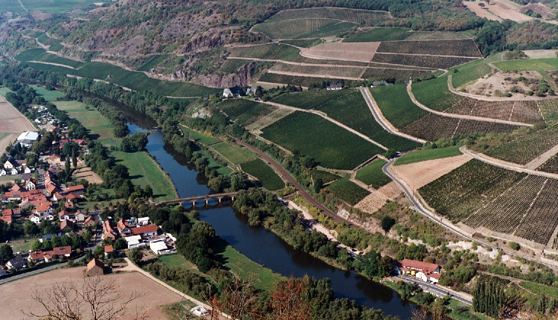As with all gapes and wine regions, climate change is altering the benchmarks. Where fully ripe vintages were once a prized rarity, now too ripe vintages creep in, altering the classic, age-worthy balance of Piemonte Nebbiolo wines. Historically less well-regarded areas, such as Carema, north of Torino (where Barolo is south of the city), and Valtellina in Lombardy have seen their stock rise as the climate becomes more favorable (for now).
Nebbiolo is still a niche grape outside of Italy. Adventurous producers in California are experimenting, and even establishing a local style for the grape. But Nebbiolo is fickle, and land is expensive in California, so the value proposition is more difficult than in Piemonte, where a classically true Nebbiolo bottling, such as the Produttori del Barbaresco’s Langhe bottling (100% Nebbiolo that in some years such as 2016 could all be sold as very fine Barbaresco) can be had for $30 or less.
Thankfully the Barolo style wars are less of a distraction these days. The new oak barriques of the early 1990s has been eliminated or reduced by many of its proponents in favor of traditional large botti, though some still make wines in a fully modern style.
Explore Nebbiolo this July. Open a Barolo that has been sleeping in the cellar for years or go out and find something new. It’s all welcome as we explore Piemonte’s signature grape.

